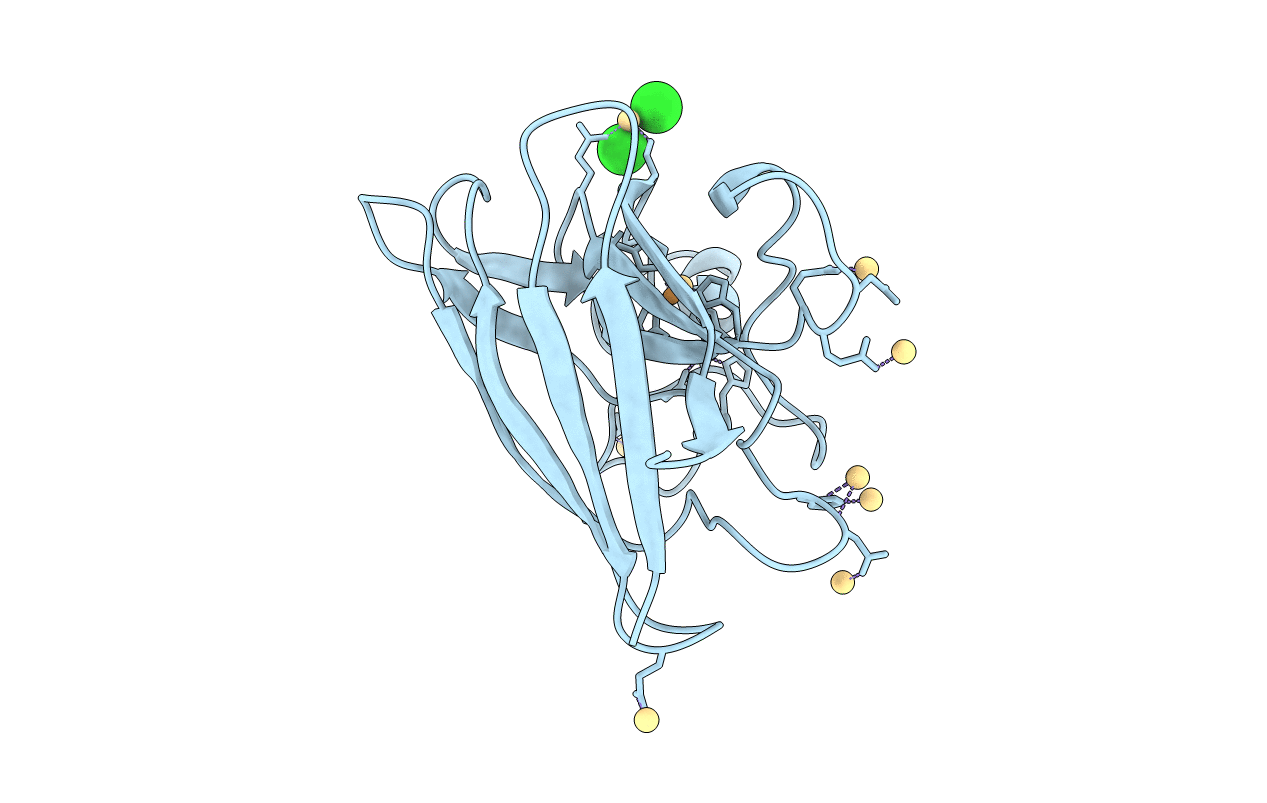
Deposition Date
1999-04-16
Release Date
1999-04-21
Last Version Date
2024-11-13
Entry Detail
PDB ID:
1MFM
Keywords:
Title:
MONOMERIC HUMAN SOD MUTANT F50E/G51E/E133Q AT ATOMIC RESOLUTION
Biological Source:
Source Organism:
Homo sapiens (Taxon ID: 9606)
Host Organism:
Method Details:
Experimental Method:
Resolution:
1.02 Å
R-Value Observed:
0.11
Space Group:
P 21 21 21


